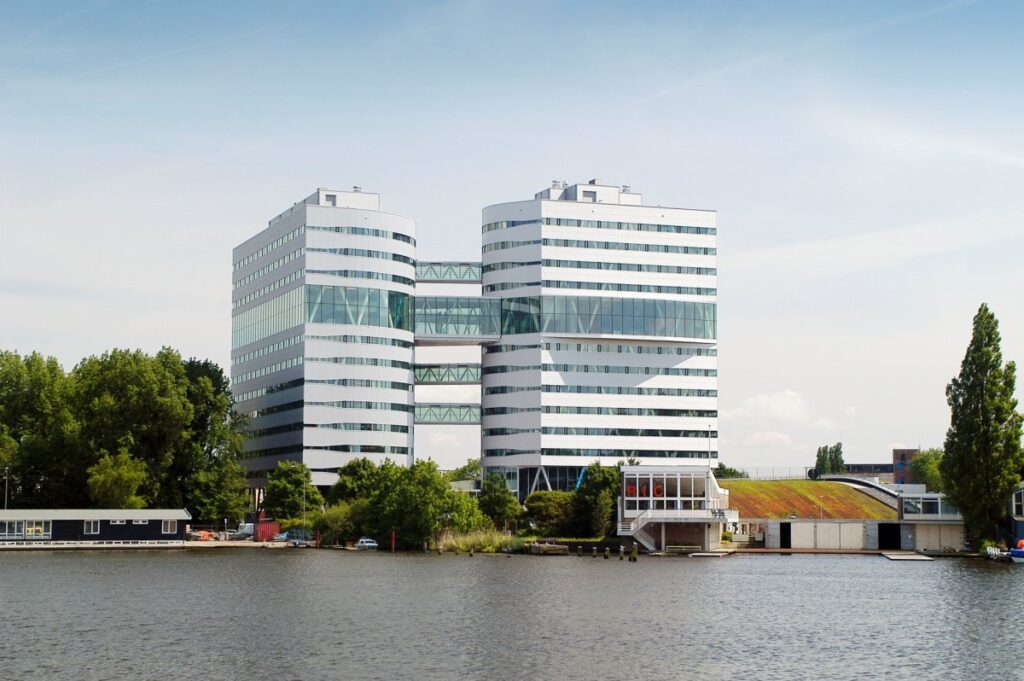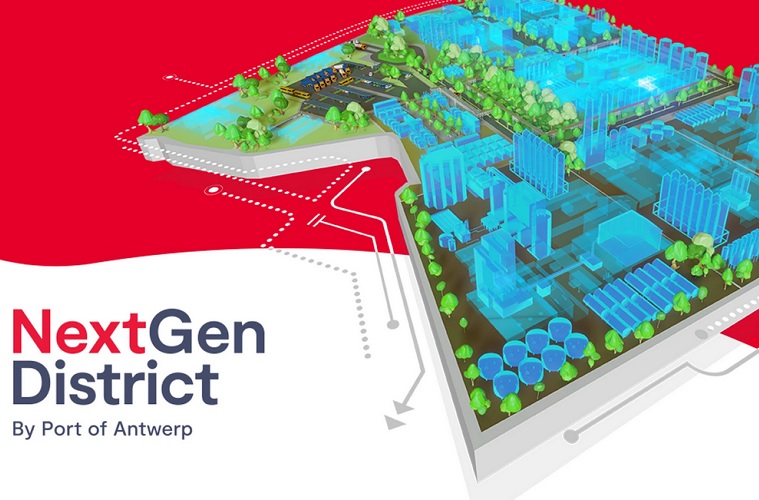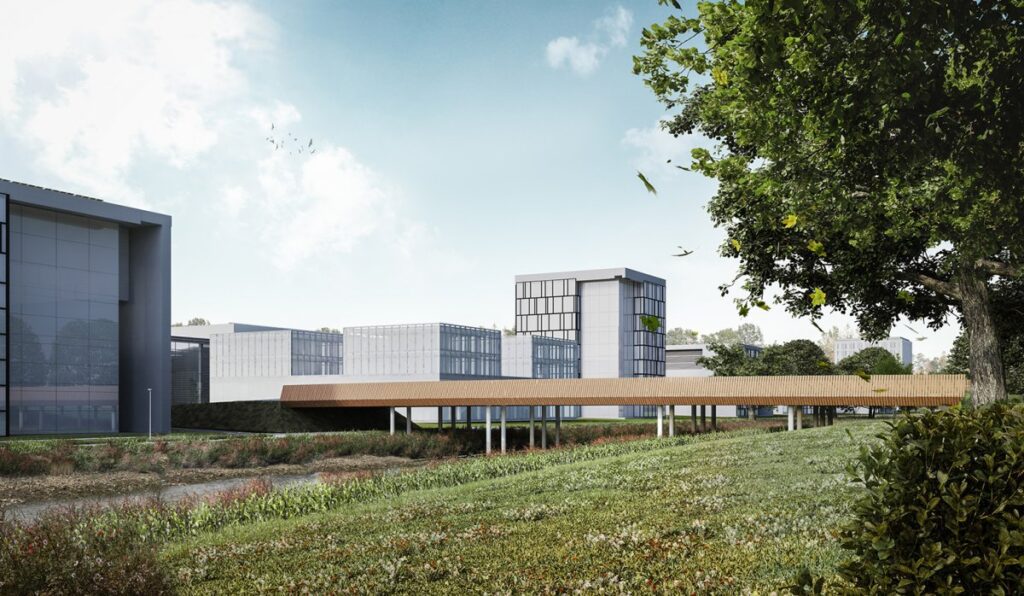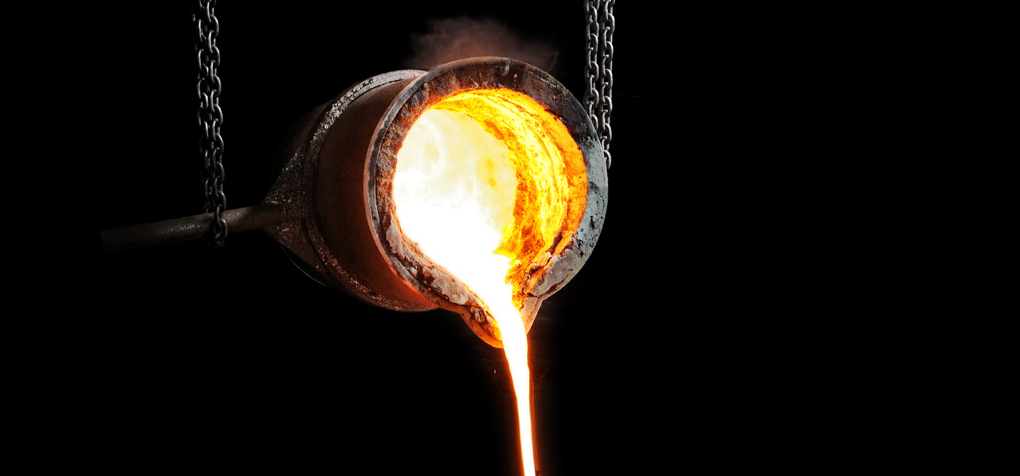A synergy to stimulate the circular economy in Amsterdam
What’s happening? How does it happen?
An online and offline platform is created to stimulate exchange between industrial companies in the harbour. They focus on processes and know-how related to their existing activities, for example a heat network in connection to the city or the filtering of wastewater for phosphates for the production of fertilizers. Beside the online platform, Clean Capital also organises events, like the Circular Challenge, where startups from an international network are connected to facilities and possibilities in the port.
Why is this an interesting circular initiative for ports?
This platform was mainly set up to recruit new companies and was set up during years of economical decline, where the Port Authority was looking for other business-models. Here, collaboration with other semi-public actors made sense to make quick steps towards new economies around the valorisation of the flows at hand. The success was mainly due to the fact that AEB and Waternet quickly (together with Port Authority of Amsterdam) shared knowledge and expertise with each other as there was mutual trust from the beginning. As such, they were able to start projects and exchanges in a quick and disruptive way.
Clean Capital start-ups benefit in the port area from the innovative climate, the potential of the area due to the presence of the enormous amount of residual and waste streams and the industrial scale.
What is the relation with the port and water?
Port activities are addressed for their technologies or material flows for two reasons; to render more efficiënty industrial processes, and to steer and initiate innovative projects.
What is the relation with the city?
Waste streams like used water, organic waste, sewage sludge,.. from the consumers in the city, are processed into new products for the port-related industries.
What are the ambitions?
To stimulate and connect industrial processes working with renewable technologies and as such to guide the transition of the metropolitan area of Amsterdam towards new economies. The idea is to match the right innovators with residual flows to make new resources and energy for the region. This both in the form of pilot projects, and larger industrial processes.
Who is behind it?
Here, 3 semi-public actors worked closely together. The fact they were municipal companies, there was a easiness and trust from the beginning. This helped in sharing information, making quick steps towards setting up pilot projects around the valorisation of municipal waste (water).




